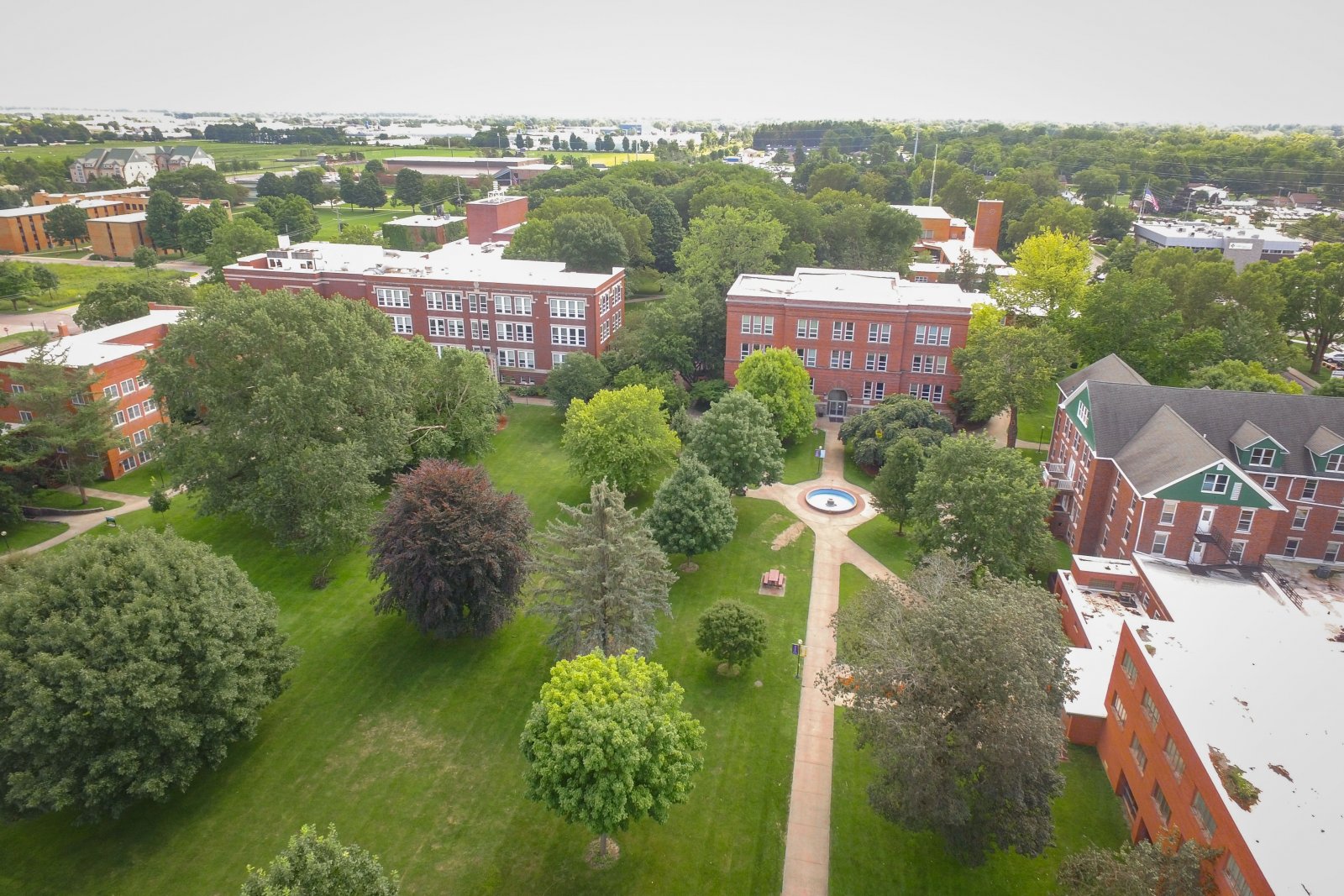Rising average temperatures. Longer warm season. Increased precipitation.
These are just some of the climate changes that Indiana has been experiencing since 1895. The way things are projected to go, these and several other issues are expected to only grow in intensity and cause more problems in the future.So what can a small northern Indiana city do about it?
It turns out quite a lot.
In early 2019, a resolution was passed by Goshen Mayor Jeremy Stutsman and the Common Council. This resolution, called Resolution 2019-19, stated the intent to “create and implement a Climate Action Plan by 2021.”
That summer, the city’s first ever emissions inventory was collected, and on Aug. 15, Goshen’s Department of Environment Resilience was introduced.
Fully established on Sept. 3, 2019, the department’s first task would be to oversee Resolution 2019-19.
It’s now 2021. How has the climate action plan taken shape?
Mayor Stutsman was honest about how his thoughts on climate change have evolved over the years.
“After graduating [college] with a Biology degree, I definitely started taking things more seriously,” he said. “I learned how important biodiversity is and how much every piece relies on multiple other pieces to successfully exist.”
As mayor, Stutsman found himself in a position to take charge and get the ball rolling on citywide climate action; thus, the Department of Environmental Resilience was created.
“I knew I wanted to utilize my opportunity by getting others on board to help promote change and education of environmental issues,” Mayor Stutsman said.
Aaron Sawatsky-Kingsley is the City Forester and the director of the Department of Environmental Resilience. Having held the position since 2006, he’s “basically added another job, and rolled the forestry operations into the new department.”
He acknowledged that one of his most important roles is defining exactly what the department does, because those involved are still gauging the extent of the department’s responsibilities.
“The basic task…is to educate the city about the realities of climate change, what we can do to mitigate and adapt, and why these efforts are important,” Sawatsky-Kingsley said.
Sawatsky-Kingsley seized a unique opportunity in heading up the Department.
“I think our ecosystem needs to be revered as the center of our human community,” he said. “Trees are arguably the most important organisms in our ecosystem.”
Taking a strong stance in fighting climate change is “fundamentally an issue of equity, and not just human equity,” according to Sawatsky-Kingsley.
All entities in an ecosystem, living and nonliving, “require a piece of the equity pie.” He stated that rebuilding trust is the root of achieving true environmental equity.
Overall, there are two overarching kinds of Climate Action Plans (CAPs) that the city of Goshen aims to put in place. This first one is a Local Government Operations (LGO) CAP, and focuses on what the city government specifically can do. The second one, a Community-Wide Operations (CWO) CAP, is set to be drafted by August of this year. City Councilmen Brett Weddell spoke about how these plans are projected to function in tandem.
“If local businesses see actions taken by the city government that have documented cost
savings, then private businesses will feel confident in following our lead,” he said.
Teresa Sailor compiles the data for both the department as well as the City of Goshen as
a whole. In addition to cataloging energy consumption and money spent for city operations, she also estimates emissions based on that energy use, and looks for ways to reduce energy use based on those calculations. She looks at projected climate events for the state of Indiana and breaks down how they could potentially affect Elkhart County specifically She noted that while there is much widespread support for the CAPs, there is also some uncertainty.
“Change is hard for most all of us,” Sailor said. “In all fairness, when any company is making changes, many employees will look at the changes with some skepticism.”
She went on to say that people’s continued participation will be key to the plan’s success.
“It’s important to note that climate action does not stop with the city operations. The city needs to demonstrate the positive impacts of improving efficiencies and making decisions based on results,” she said. “Reducing the impacts of climate change requires a global buy-in.”
Some also worry that the end goals of these CAPs may be a little too ambitious.
“The long-term goals, for instance becoming carbon neutral by 2035…may not be achievable to the extent we want,” Weddell admitted. “But if you aren’t willing to put forth a deadline and plan, then are you really serious about climate action?”
Will Goshen’s Climate Action Plans make serious change down the road? Though the
achievement of long-term goals may seem like a long way off, people are generally optimistic.
One sentiment is certain, though — the importance of doing something now.
“If we don’t respect our physical world, future generations will deal with the consequences,” Stutsman said. “Like any community, we are stronger together.”

